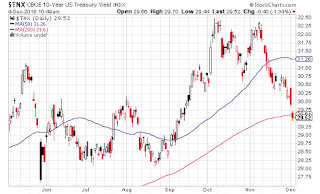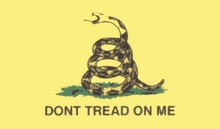"Never had my house pushed over before. Never had my family stuck out on the road. Never had to lose everything I had in life."
--Ma Joad (The Grapes of Wrath)
Ten years ago I began a book about the causes of the Great Depression called
Banking and the Business Cycle (Phillips, McManus & Nelson, 1937). With my renewed reading campaign about the 1920s and 1930s this summer, I recently finished this insightful work.
The backdrop is compelling for several reasons. The authors are three professors who conduct their analysis with requisite academic rigor. Footnotes and data abound. The analysis focuses on monetary-related causes of depression. Findings are integrated to formulate a general theory of business cycles that goes beyond the Depressionary period. Finally, the book was written while the Depression was still at work. Similar to the
recently completed Allen (1931) work, publication inside the period adds freshness and validity that later work can't replicate.
Their analysis points directly at that policies of the Federal Reserve--policies enacted during WWI and in the following decade--as causing the depth and length of economic malaise that characterized the Depression. The Federal Reserve Act was
passed in 1913, a couple of years before WWI began.
Relaxed parameters of the newly created central banking system (e.g., lower reserve ratios, member banks needed to deposit all reserves with Federal banks, low Federal Reserve bank reserve ratios, lower reserves required for time deposits) expanded credit creation capacity orders of magnitude greater than what was possible pre-Fed. This enabled US WWI operations to be funded primarily through the sale of government bonds that were purchased primarily by the banks. As is usually the case when war is funded by inflationary policies, prices generally increased during this period
Following the war, market forces naturally worked to correct the systemic distortions. A general deflation commenced to destroy excess credit and decrease prices. (The authors present interesting data indicating that during the two prior US wars--the war of 1812 and the Civil War), prices generally returned all the way to their pre-war levels and then some). Much of this deflation occurred during the deep but relatively brief Depression of 1920-1921.
Coming out of that depression, however, prices had only retraced about 50% of their wartime increase. This is when the Fed began a multi-year campaign to intervene in the name of 'price stability.' In 1922 the Federal Reserve embarked on the first of three rounds (they did similar in 1924 and 1927) of lowering what today we call the 'Fed Funds rate' and engaging in 'open market operations' (read: bond buying) that, coupled with the central banking system's newfound capacity for pyramiding credit through the system, created the leveraged fuel that funded several rounds of speculative investment--first in productive capacity, then in real estate, and finally in stocks--that inflated the bubble that ultimately popped with the market crash of 1929.
It is interesting to note that prices of goods and services did indeed stabilize. Despite all of the credit creation, prices of consumer goods did not change much and never reclaimed pre-WWI levels. However, prices of speculative assets such as real estate and stocks went through the roof. Although the authors did not call it such, they explain this phenomenon as if it were the
Cantillon Effect. The newly created credit largely remained within the financial system, and the first users of the newly created credit bid up the prices of financial assets accordingly.
Those who cannot recognize the parallels to our present situation are not engaging their brains.
Post crash, the authors considered why economic activity persisted at such depressed levels. Their explanation centered on New Deal policies, many initiated during the Hoover administration, that extended the previous decade's price stability motive via additional rounds of monetary and fiscal policy. They make a particularly compelling argument that restricting layoffs and legislating minimum wage rates essentially institutionalized widespread unemployment. Letting labor markets clear at much lower wage rates, in authors' view, was the quickest way to end the Depression.
I was longing for a deeper dive into the effects on savings during the period. What happened to savings rates during the 1920s? And if savings were sharply lowered during the boom, then how could the economy expand significantly until those savings had been replenished? A rigorous discussion of the interaction between credit creation and real savings would have been icing on the cake.
That said, this is a superior analysis with few peers. An amazing work from individuals who were still living the times.
Reference
Phillips, C.A., McManus, C.F. & Nelson, R.W. (1937).
Banking and the business cycle. New York: The Macmillan Company.



















![[Most Recent Quotes from www.kitco.com]](http://www.kitconet.com/charts/metals/gold/t24_au_en_usoz_2.gif)


